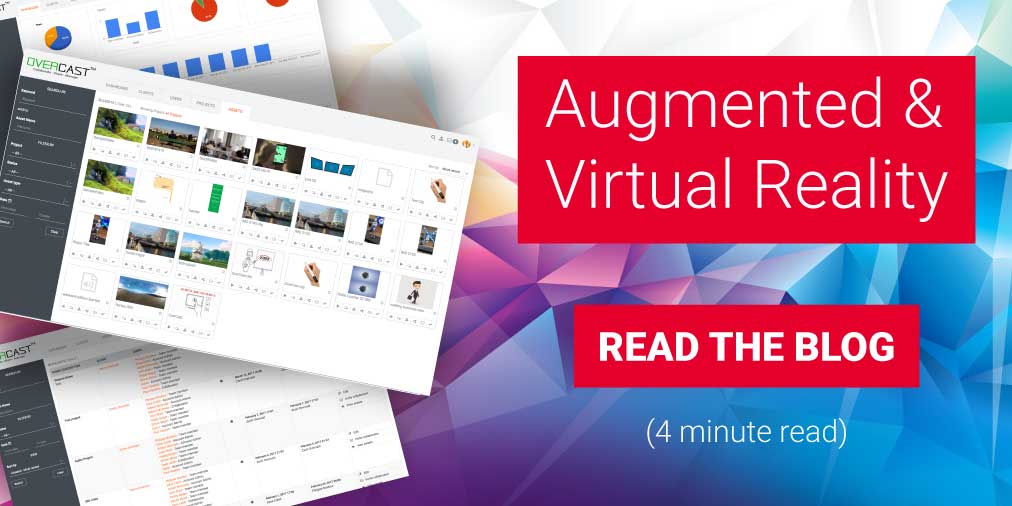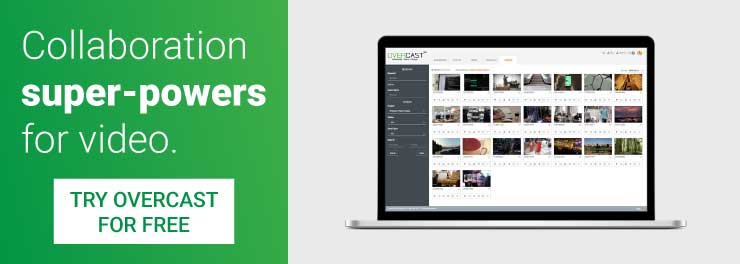Augmented and Virtual Reality – An Oxymoron, Or A $182billion Promise?
“Oh my God. It’s a VR play. That’s the frothiest place in the valley right now. No one understands it, but everyone wants in. Any idiot can walk into a room utter the letters V and R and VCs will hurl bricks of cash at them. Then by the time they find out it’s vapourware, it’s too late. I’ve got to get in on this.” Words spoken by Erlich Bachman in a recent episode of Silicon Valley while playing Go Fish.
Tweet: Augmented and Virtual Reality – An Oxymoron, Or A $182billion Promise?
It all sounds great… but what is it?
Before we start talking about AR, VR and 360 video as if everyone in the world knows what we are talking about, let’s address that one fundamental question – what is it?
The terms “augmented reality” and “virtual reality” are used together all the time as if ARVR is something that we love and care about. In a recent report by Goldman Sachs, the combined industries have a potential market valuation of $182bn by 2025. That’s are big number by anyone’s standards and deserve a bit of attention.
But what really is augmented and virtual reality? Someone once described them for me as “one is watching sharks jump out of the gym floor and the other is swimming with the sharks.” It’s a good description and I like to think about it that way.
But the terms themselves are odd. Virtual Reality. Augmented Reality. Say them out loud and think about them. To us who work in the space they are simply titles but those outside the business must wonder what it is all about. What on earth is a reality that is augmented or virtualised. Sounds like there might be drugs or alcohol involved.
And of course, if you don’t work in the TV and video ecosystem you might think that they have something to do with Reality TV. Why not – it’s only logical to make the connection. But we all know there is virtually nothing (apologies for the pun) that relates Reality TV to what we are talking about.
Virtual Reality makes you go “Wow”. Then what….
The first time I saw a 360 video was when someone sent me a link to a video they said was really cool. I’ve seen a lot of cool videos in my day so I wasn’t too fussed to click the link immediately. And it wasn’t until I was at home sitting on the sofa fiddling with my phone that I decided to have a look. It was 3 guys fishing and I think it was shot in a Nordic country. They were in a boat and talking in a foreign language so I didn’t understand it.
I watched for about a minute or so before my patience began to run thin. Cool my arse – this was boring. I was wondering what my friend was on about when he said it was cool and I thought that perhaps he had sent the wrong link. At that point, I was called to the kitchen. It was only when I stood up and continued to watch that the aspect changed and I realised I could move the phone screen around and see different angles. Wow.
This, I thought, was really cool. I tilted the camera up, down and all around for a couple of minutes. Pretty different. Pretty cool. And then almost as soon as the “wow” moment had arrived, it also left me wanting more. Why a bunch of lads in boat fishing – couldn’t they have thought of something more interesting to film? I wouldn’t be the biggest fishing enthusiast in the world so the moment faded almost as quickly as it had grabbed me.
AR and VR story telling is different.
And there lies the rub. It’s all great and good to have interesting new technology to enhance a viewing experience, but ultimately TV and video comes down to story telling and what I was missing was a compelling story to help me with the technology. Sure the tech is cool and it forced me to think that there were really cool things to come. And sure it was cool to play the video over and over again and wonder how they had actually created the video. But while I was lost in the moment wondering at the technology, I also wondered what it would mean for story telling.
The reality of story telling is that it is linear. Start, middle and end. It’s what we understand. Moving away from that requires a great leap of faith and a suspension of disbelief. I remember when I took my children to see Avatar in 3D in the cinema, we were wearing those glasses (never mind) and during one of the opening scenes my son reached his hand out to touch something. It was as pure a suspension of disbelief that I had ever witnessed and I loved it. But 3D eventually faded (as it has several times over history) as the perceived value fell short of its promise.
I think AR and VR will have greater longevity. But it won’t happen overnight and it will take a great deal of investment to create the ecosystem to support them. One of the key challenges is around managing the massive files that are created and how the images are stitched together. I heard a story the other day of a VR content creator, an engineer, who made the decision to avail of a free cloud storage solution to store his content. Thing was, he had so much content that it was going to take him 60 days to upload it to the storage facility. By anyone’s books, that is not sustainable.
So if storing the content is difficult, sending the content over the internet is difficult, and story telling is difficult, then where will ARVR and 360 live? It’s time to imagine a new reality, one that is beyond rectangular screens and the linearity of TV. In fact, the reality is one that doesn’t include TV as we know it at all because virtually all the rules will be changed.
And I, for one, will be there at the heart of it taking part.
Note: Philippe will be speaking a ARVR Innovate at RDS Dublin on 11 May 2017


